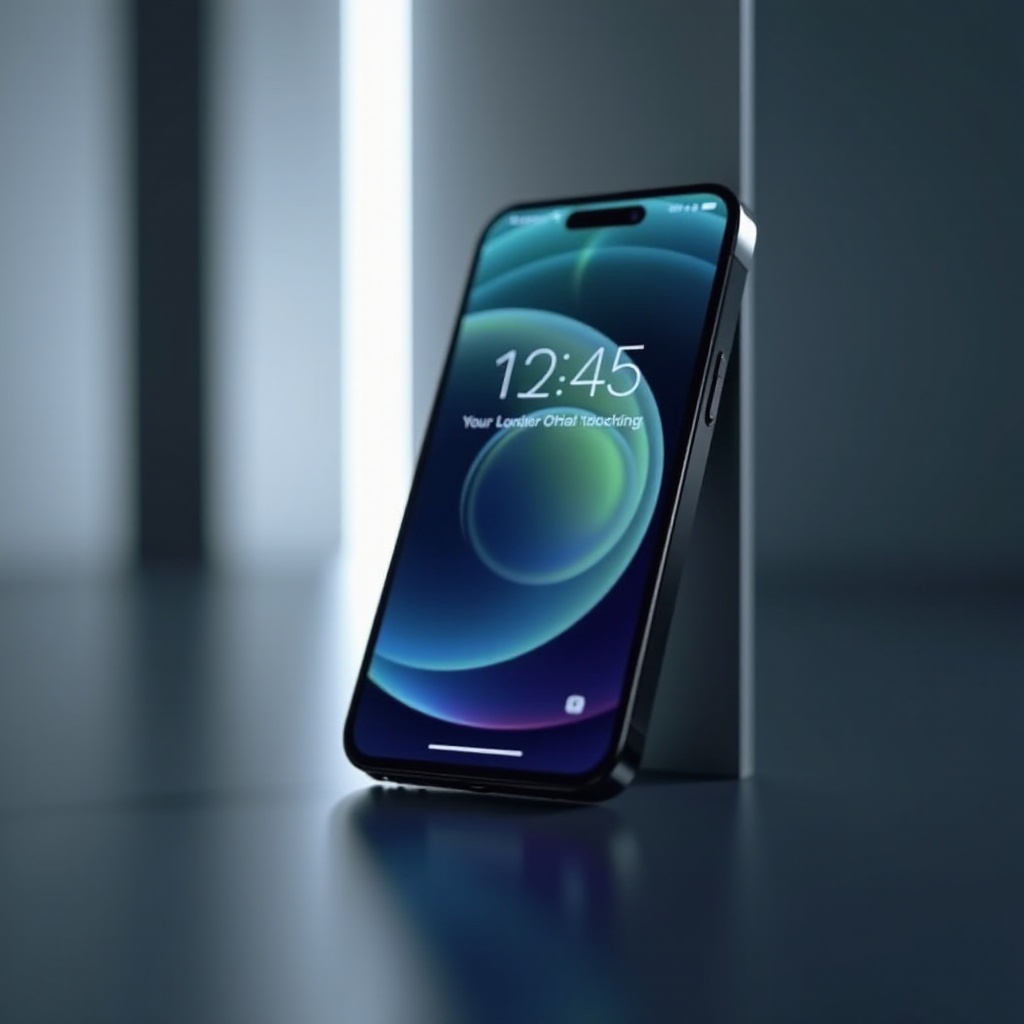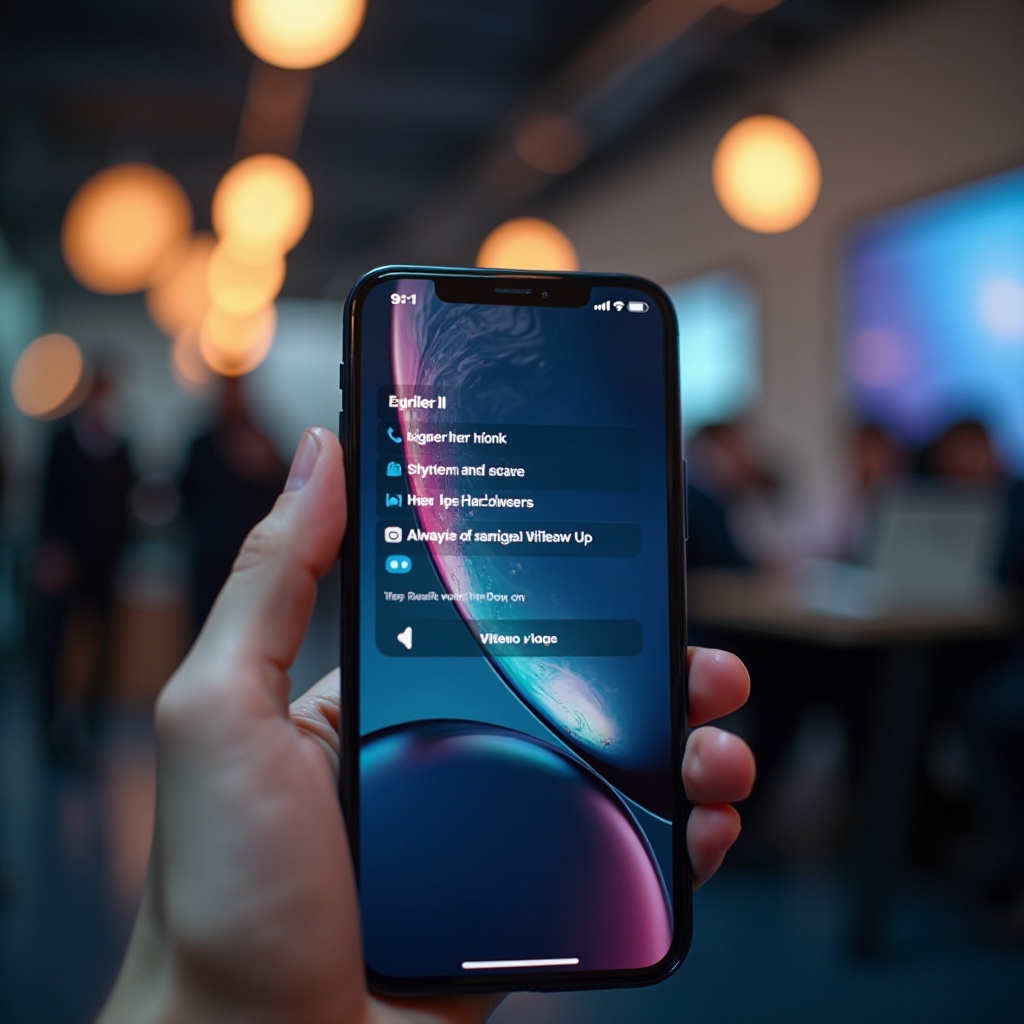Introduction
The Always-On Display (AOD) feature on the iPhone 16 Pro offers unmatched convenience, displaying crucial information like time and notifications without needing to unlock your device. However, many users wonder if this comes at the cost of significant battery drain. Understanding this impact will guide users in optimizing their device usage effectively. This article delves into AOD’s function, its battery implications, and user feedback, providing a well-rounded view for iPhone 16 Pro users.

What is Always-On Display?
Always-On Display keeps part of your screen illuminated to deliver essential information without fully waking the device. By offering a persistent display of time, date, and alerts, AOD offers improved usability for users constantly on-the-move. Best known for its energy-efficient screen technology, the iPhone 16 Pro’s AOD stands out by combining innovation with practicality, ensuring users stay informed without excessive battery usage.

How Does Always-On Display Work on iPhone 16 Pro?
The iPhone 16 Pro relies on advanced OLED technology to support its AOD feature. This technology activates only specific pixels, reducing overall energy consumption since the entire screen isn’t illuminated. Apple’s optimized software complements this by intelligently managing when and how long AOD information is displayed. This sophisticated balance promises a near-seamless user experience, enhancing utility while maintaining efficient energy use. But what does this mean in practice for iPhone 16 Pro users?

Battery Impact of Always-On Display on iPhone 16 Pro
Assessing the AOD’s impact on battery life involves looking at Apple’s innovation claims against real-world usage. OLED screens in iPhones are known for their energy efficiency since they illuminate only necessary pixels when showing information. Users report varied experiences, with some noticing minimal additional consumption, aligning with Apple’s assertions. However, individual usage patterns, such as screen brightness and notification settings, can influence these results significantly.
Comparison with Other Models and Brands
Comparing the iPhone 16 Pro’s AOD performance with previous models shows clear enhancements, notably its balanced power consumption without heavy drainage. Android devices have popularized AOD, yet Apple’s nuanced technology might provide a more refined energy solution. When observing user feedback, it appears the iPhone 16 Pro offers a satisfactory blend of display utility and efficient power usage, making it a competitive choice for those valuing both form and function.
User Experiences and Feedback
User feedback on the iPhone 16 Pro’s AOD is overwhelmingly positive, with many praising the seamless integration and convenience it affords. While some users report negligible battery impact, experiences vary, underlining the importance of customized settings. Case studies highlight users adapting their settings to find the right balance between performance and battery life, reinforcing that when managed aptly, AOD enhances the overall user experience without a significant compromise on power.
Optimizing Battery Life with Always-On Display
To maximize the benefits of AOD while minimizing battery drain, users can follow these practical tips:
– Adjust screen brightness to a comfortable yet battery-friendly level.
– Customize notifications, allowing only the most critical alerts to appear on the AOD.
– Utilize scheduled downtime to deactivate AOD during low-activity periods.
– Keep your iPhone updated with the latest software to benefit from battery optimizations Apple regularly introduces.
By adopting these strategies, users can optimize their iPhone 16 Pro’s battery life, ensuring that AOD remains a beneficial feature with minimal downside.
Conclusion
The Always-On Display feature on the iPhone 16 Pro showcases Apple’s ability to blend convenience with technical prowess. While it might impose a small battery cost, this is often overshadowed by the feature’s utility and efficiency. By fine-tuning settings, users can enjoy the advantages of AOD without significant impact on battery life, making it a worthwhile feature of the iPhone 16 Pro experience.
Frequently Asked Questions
Does the iPhone 16 Pro allow customization of Always-On Display settings?
Yes, users can tailor what information appears on the Always-On Display, optimizing preferences according to individual needs.
Can I disable Always-On Display to save battery?
Certainly, the iPhone’s settings allow you to disable Always-On Display, offering an effective way to conserve battery life.
How does the Always-On Display of the iPhone 16 Pro compare to Android models in terms of battery usage?
Both platforms experience slight battery impacts with AOD, but Apple’s use of OLED technology generally offers more efficient power management.
